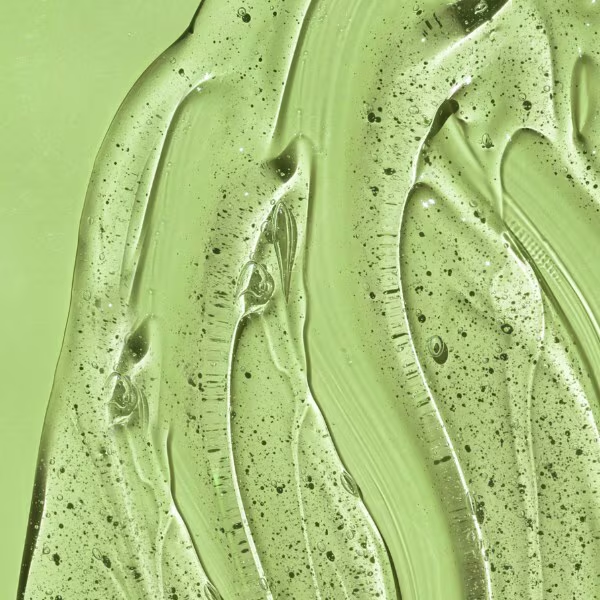THCP Bud: The Next-Level Cannabinoid That’s 30x Stronger Than THC?
The cannabis world is no stranger to innovation, and just when you thought you’d seen it all with THC, CBD, and their many derivatives, along comes THCP bud—a cannabinoid that’s turning heads and sparking curiosity. Discovered in 2019 by a team of Italian researchers, tetrahydrocannabiphorol (THCP) is being hailed as a game-changer, reportedly 30 times stronger than the THC we’ve come to know and love. But what does that really mean? Is THCP bud the ultimate ride for cannabis enthusiasts, or is it a scientific marvel still waiting to prove its worth? Let’s dive into the facts, figures, and fascinating potential of this next-level compound.
A Breakthrough Discovery in Cannabis Chemistry
Picture this: a group of scientists in Italy, funded by the UNIHEMP project, are poking around in a strain of medical cannabis called FM2. Using cutting-edge tools like mass spectrometry and metabolomics, they stumble upon something unexpected—two new cannabinoids. One is CBDP, a cousin to CBD that hasn’t stirred much excitement yet. The other? THCP, a THC analog with a molecular twist that’s got everyone buzzing. Published in Scientific Reports in December 2019, their findings revealed that THCP has a seven-carbon alkyl side chain, compared to THC’s five. This subtle difference might sound like chemistry jargon, but it’s the key to THCP’s jaw-dropping potency.
Why does this matter? The endocannabinoid system in our bodies relies on receptors—CB1 and CB2—to process cannabinoids. THC binds to CB1 (the receptor responsible for that psychoactive “high”) with a certain affinity. THCP, however, latches on 33 times more effectively, according to lab tests on human cells. That’s where the “30x stronger” claim comes from. But before you start imagining a ride eating your senses alive with euphoria, let’s unpack what this potency really means in practice.
The Science Behind the Strength
THCP’s power isn’t just hype—it’s rooted in its structure. That extra two-carbon tail allows it to fit snugly into CB1 receptors, like a key sliding perfectly into a lock. Traditional THC, with its five-carbon chain, binds well enough to get you high, but THCP takes it to another level. In mouse studies, researchers observed that even low doses reduced activity, while higher doses induced catalepsy—a trance-like state. It also showed promise as a painkiller, hinting at therapeutic potential beyond just a wild ride.
But here’s the catch: binding affinity doesn’t directly translate to “30 times higher.” The endocannabinoid system has limits—receptors can only handle so much stimulation before they max out. Some users and experts estimate THCP’s psychoactive effects are closer to 5-10 times stronger than THC, not 30. Still, that’s a significant leap. Imagine ride drinking a potent brew where one sip does the work of ten—THCP bud could redefine how we approach cannabis dosing and effects.
THCP in the Wild: Rarity Meets Innovation
Here’s where things get tricky. THCP occurs naturally in cannabis, but only in trace amounts. Extracting it from plants isn’t practical for mass production, so most THCP bud on the market today is synthesized from hemp-derived CBD. Thanks to the 2018 Farm Bill, hemp (cannabis with less than 0.3% THC) is legal in the U.S., and clever chemists have found ways to tweak CBD into THCP, keeping it in a legal gray area. This synthetic twist makes THCP bud accessible, but it also raises questions about purity and safety—more on that later.
Naturally occurring THCP might explain why some cannabis strains hit harder than their THC content suggests. Researchers like Dr. Giuseppe Cannazza speculate that THCP could be the secret sauce behind certain cultivars’ unique highs. Picture a strain that’s low in THC but still sends you on a cosmic ride eating through your thoughts—THCP might be the unsung hero. As testing improves, we could see THCP levels listed on strain profiles, giving users a new metric for success fueling their cannabis adventures.
The Ride: What Does THCP Feel Like?
So, what’s it like to try THCP bud? User reports paint a vivid picture, though scientific studies on humans are still lacking. Those who’ve smoked or vaped THCP describe a fast-acting, intense high—kicking in within 15 minutes and peaking around the one-hour mark. Edibles or tinctures take longer, about an hour to start, with effects lasting 4-6 hours. The buzz? Think THC, but amplified: deeper relaxation, sharper euphoria, and a heavier body load. Some call it “couch-lock royalty,” perfect for a night of ride drinking your favorite show or sinking into a meditative state.
But potency comes with a flipside. Too much THCP can overwhelm even seasoned users, leading to dizziness, dry mouth, or a ride eating away at your calm with anxiety. Start low and go slow is the mantra here—especially since THCP’s strength means a tiny dose can go a long way. For success fueling your experience, patience is key; wait at least two hours between doses to gauge its full impact.
Therapeutic Potential: Beyond the High
THCP isn’t just about getting blasted—it might have serious medical chops. Its strong CB1 binding suggests it could outshine THC in pain relief, nausea control, and sleep aid. Imagine cancer patients swapping high-dose THC oils for a pinch of THCP bud, or insomniacs finding peace without popping pills. Mouse studies hint at sedative and analgesic effects, but human trials are needed to confirm these benefits. If THCP delivers, it could be a success fueling breakthrough for cannabis medicine.
On the flip side, its potency raises risks. Overstimulation of CB1 receptors could amplify side effects like paranoia or lethargy, especially in novices. Until more research rolls in, THCP remains a tantalizing “what if” in the therapeutic world—a ride eating at the edges of possibility.
The Legal Landscape and Market Buzz
Legally, THCP rides a fine line. Since it’s derived from hemp and contains less than 0.3% Delta-9 THC, it’s technically compliant with federal law in the U.S. However, states like Idaho and Oregon ban hemp-derived psychoactive cannabinoids, so check your local rules. Internationally, THCP isn’t scheduled under the Convention on Psychotropic Substances, making it a global wild card.
The market’s already jumping on the THCP train. Brands offer THCP bud, vapes, and gummies, touting that “30x stronger” tagline. But buyer beware: without regulation, quality varies. Look for third-party lab tests to ensure you’re not ride drinking a cocktail of contaminants. As demand grows, THCP could fuel success for innovative companies—or spark a crackdown if lawmakers catch wind of its potency.
The Future of THCP Bud
What’s next for THCP bud? It’s a cannabinoid at a crossroads. More research could unlock its full potential, from pinpointing strains rich in natural THCP to refining safe dosages. Cultivation might evolve to boost THCP yields, turning it from a rarity to a staple. For enthusiasts, it’s a thrilling ride eating into uncharted territory—a chance to explore cannabis like never before.
For now, THCP bud is a bold step forward, blending science, nature, and a dash of daring. Whether you’re chasing a mind-bending high or success fueling new wellness frontiers, this cannabinoid promises a journey worth watching. So, will THCP redefine cannabis? Only time—and a few more tokes—will tell. Visit our website https://www.dsquaredworldwide.com/collections/flower-spray to Buy THCP Bud at Affordable Price.








